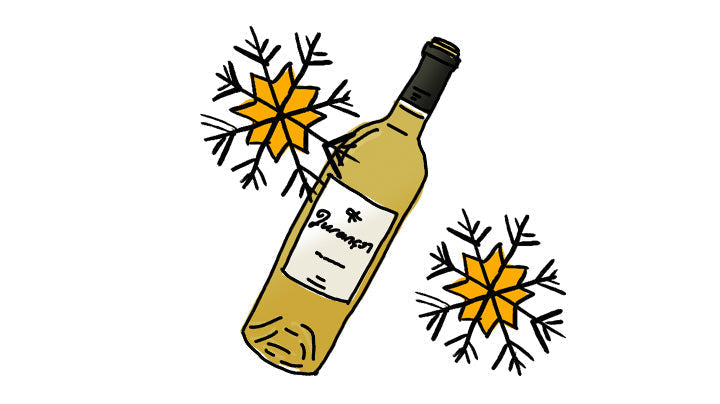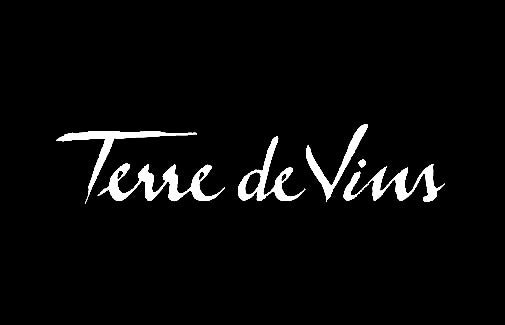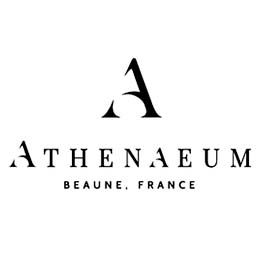Here is a guide on wine aromas and flavours. What is the difference between an aroma and a flavour? Aroma is just the term used to define what you smell, and flavour is the term used to define what you taste.
Primary aromas and flavours
They come from the grapes. Major families of primary aromas:
Fruity
citrus: lemon, grapefruit, orange
exotic fruits: pineapple, lychee, melon
stone fruits: peach, apricot, plum
pome fruits: apple, pear, fresh grape, quince
red fruits: strawberry, redcurrant, raspberry, cherry
black fruits: blackberry, blackcurrant
Floral
acacia, white flowers, orange blossom, rose, violet
Herbaceous
bell pepper, cut grass, mint, eucalyptus
Mineral
flint, iodine, petrol
Botrytis
honey, dried apricot, ginger
Amylic
banana, bubble gum
Secondary aromas and flavours
They come from winemaking decisions. Major families of secondary aromas:
Malolactic
milk, butter, cream
Yeasts and lees
biscuit, brioche, pastry, almond
Oak
clove, coconut, vanilla, smoke, toast, cocoa, cedar
Oxidation
caramel, walnut, coffee
Tertiary aromas and flavours
They come from bottle ageing. Major families of tertiary aromas:
Fruity
dried fruits: prune, dried apricot, raisin
cooked fruits: kirsch, plum jam
Spicy
pepper, liquorice, gingerbread
Animal
leather, game, musk
Earthy
mushroom, truffle, forest floor
Oxidation
caramel, walnut, coffee
Other
dried flowers, honey, petrol, tobacco
Faults
They can come from different sources, but are not necessarily wanted by winemakers ;). Some of them, like Brettanomyces, can be pleasant at low levels for some tasters.
Oxidation
vinegar, nail polish, rotten apple
Reduction
rubber, onion, sulfur, rotten egg
TCA
cork, mold
Brettanomyces
barnyard
Under-ripe grapes
cat pee














